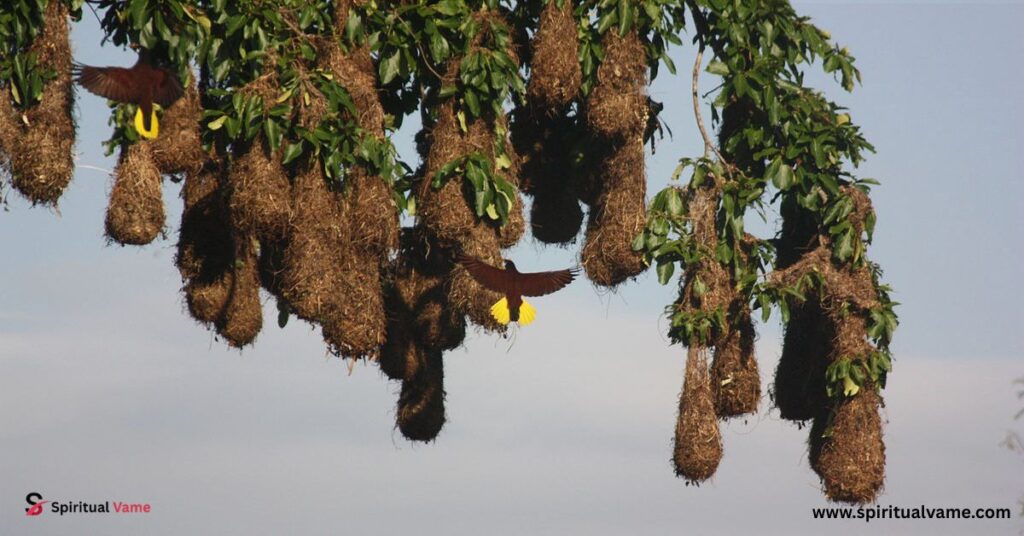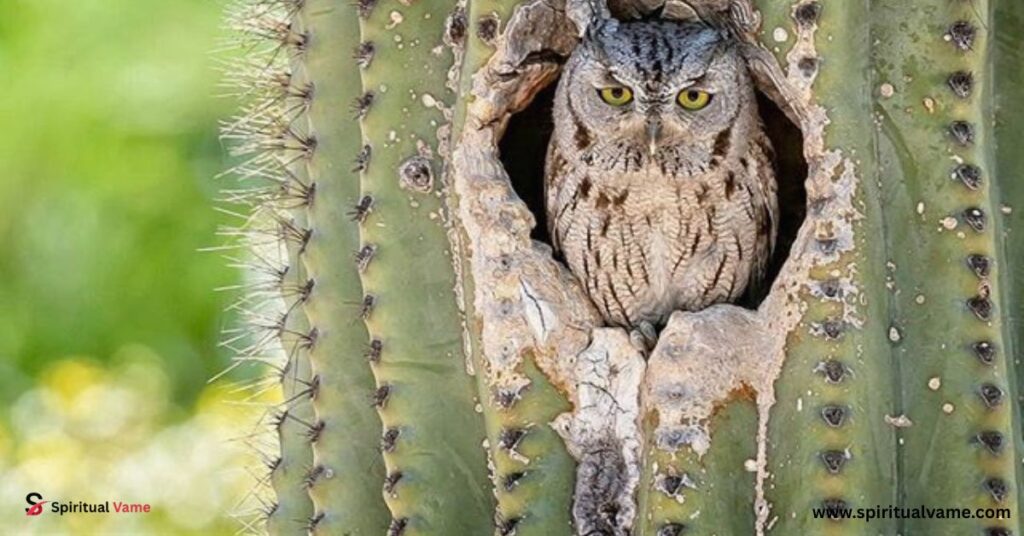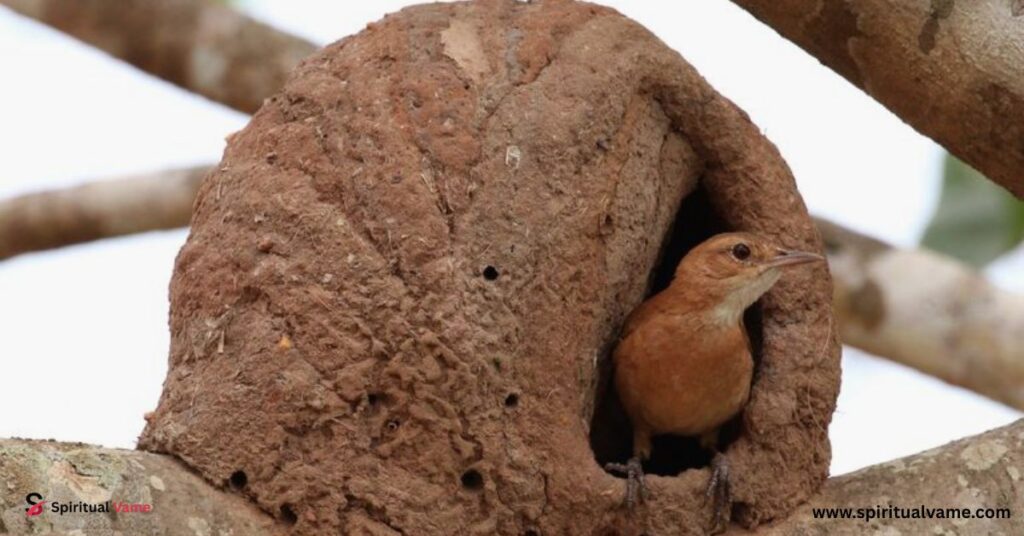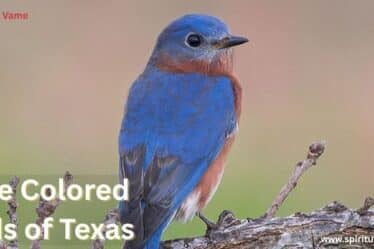
Birds are master architects, crafting nests that range from simple to spectacular. Across the world, birds have developed unique ways to build their homes, often using just what nature provides. Each bird species uses its own method to protect its young from weather, predators, and even other birds. Some use mud, others saliva, and many work with leaves, grass, or sticks. But no matter the material, the nest tells a story of survival and creativity.
Take the sociable weaver, for instance. These small birds from Southern Africa build massive communal nests resembling haystacks, capable of housing hundreds of birds. Constructed from twigs and grasses, these nests provide insulation against extreme temperatures and protection from predators. Similarly, the Montezuma oropendola of Central America weaves long, hanging nests from vines high in the treetops, often near wasp nests to deter intruders. These colonies can contain over a hundred nests, each up to 180 cm long. These nesting strategies show how birds don’t just build homes—they build safe, smart spaces.
Key Takeaways

The world of bird nests is more than just twigs and feathers. It’s full of surprises, clever designs, and real engineering. Nests come in all shapes and sizes, made for all kinds of environments. Whether built for heat, cold, rain, or predators, these nests show how adaptable and intelligent birds can be. They teach us about evolution, instinct, and even art in the wild.
From a tiny hummingbird to a large eagle, every bird uses what it can to give its chicks the best start. These designs are not only practical but often beautiful. Some nests hang from trees, others sit on cliffs, float on water, or hide deep in bushes. Looking closely, you’ll see how each nest fits the bird’s way of life perfectly.
The Montezuma Oropendola
The Montezuma oropendola is not only colorful but also clever. These birds build nests that dangle from tall trees like ornaments. The nests are long, hanging sacks made from vines and plant fibers. What’s interesting is that they often build them close to wasp nests. This may seem dangerous, but it actually helps—wasps scare off animals that might try to steal the eggs.
In large colonies, you might see over a hundred of these hanging nests swinging together. Each nest can reach up to 180 centimeters in length. It’s an incredible sight and proof that the bird builds the best nest when it comes to combining safety, size, and strategy.
The Malleefowl
The Malleefowl from Australia takes nest building to another level—literally. This bird builds giant mounds from dirt and rotting vegetation. The heat created by the rotting plants warms the eggs inside. The Malleefowl doesn’t sit on its eggs like most birds. Instead, it keeps checking and adjusting the mound’s temperature, acting like a living thermostat.
These nests can be over a meter high and weigh tons. It’s almost like a backyard compost pile with a secret nursery inside. Few birds show this kind of understanding of nature’s heat like the Malleefowl does.
The African Jacana
With extra-long toes, the African Jacana walks easily on lily pads and floating leaves. These birds live around freshwater lakes and wetlands in Africa. Their nests are just as clever. They build floating nests right on top of aquatic plants, safe from land predators.
But these nests can drift. So the parents often anchor them with plant stems. The male African Jacana does most of the nest tending. If danger comes, he even hides the chicks under his wings and runs across the water to safety. Truly, this bird builds the best nest for life on the water.
The Cactus Ferruginous Pygmy Owl

In dry, hot deserts of the southwestern United States and Mexico, this small owl finds a cool place to raise its young. It uses holes inside tall cacti like the saguaro. The cactus walls keep out heat and predators while keeping the inside cool and shaded.
These nesting spots are natural cavities or ones made by other birds. This owl doesn’t build with sticks or leaves. It just finds the perfect spot and lets the cactus do the rest. It’s a smart choice in a tough landscape.
The Sociable Weaver
Birds are master architects, and the sociable weaver proves this beyond doubt. These birds live in Southern Africa and build the biggest nests of any bird. The nests look like massive haystacks hanging from trees or even utility poles. Some of them are large enough to house over a hundred birds.
Constructed from twigs and grasses, these nests have separate chambers for each pair of birds. They stay cool during the day and warm at night. Predators like snakes and hawks find it tough to get in. Truly, the sociable weaver shows us how a bird builds the best nest for group living.
The Edible-Nest Swiftlet
In contrast, the edible-nest swiftlet of Southeast Asia creates its nest entirely from saliva, forming a delicate, translucent cup attached to cave walls. These nests are highly valued for their use in bird’s nest soup, fetching high prices in the market.
Swiftlets use nothing but their spit, which hardens in air. They often build in dark caves, guided by sound instead of sight. This small bird shows that sometimes, the simplest materials can create something rare and valuable.
The Bowerbird
While the bowerbird’s bower isn’t exactly a nest, it’s still a masterpiece. These birds build arched walkways from sticks and decorate them with bright things—berries, shells, even plastic. Why? To attract a mate.
Each bower is like a bird bachelor pad. The better the bower, the more likely a female will visit. This kind of building isn’t just smart—it’s stylish. The bowerbird may not lay eggs in the bower, but it proves that architecture and romance can go hand in hand.
The Ovenbird

Meanwhile, the red ovenbird of South America constructs dome-shaped nests from mud, resembling traditional clay ovens, often built atop trees or poles. Each of these nesting strategies showcases the incredible adaptability and ingenuity of birds in creating safe havens for their offspring.
The mud hardens in the sun, making the nest strong and weatherproof. Inside, there’s a twisty path to the egg chamber, which helps keep predators out. It’s a bird version of a mudbrick house—and it lasts for many seasons.
The Penduline Tit
Beyond these examples, birds like the Eurasian penduline tit craft intricate, pouch-like nests from plant fibers, suspended from tree branches. These nests hang like socks and even include false entrances to fool predators.
Inside, the nest is cozy and safe. Sometimes, the male builds the nest, but if the female doesn’t like it, she moves on. Nest building in this case is also part of courtship—a chance to show skill and care.
The Bee-Eater
The European bee-eater digs deep tunnels into sandy riverbanks. These tunnels lead to egg chambers, far from predators and shaded from the sun. Building the tunnel is hard work, but once done, it’s a safe space for weeks.
Pairs often nest in large colonies. Dozens of tunnels cover a river wall. With sharp bills and strong legs, bee-eaters prove that even sand and dirt can become a safe home.
The Southern Masked Weaver
The male Southern Masked Weaver is a nonstop builder. He weaves complex, globe-like nests from grass, usually hanging from thin branches to keep predators away. If the female doesn’t like it, she tears it down—and he starts again.
Weaving each strand into a tight knot, the male shows both strength and patience. These birds know how to build nests that are not just strong but beautiful. No wonder they’re called weavers.
10 Remarkable Birds’ Nests
This list includes some of the most inventive builders in the bird world. From the sociable weaver (Philetairus socius) to the bald eagle (Haliaeetus leucocephalus), these species represent how birds use local materials, instinct, and even creativity. Other brilliant builders like the Eurasian penduline tit (Remiz pendulinus), the edible-nest swiftlet (Aerodramus fuciphagus), the red ovenbird (Furnarius rufus), and the hamerkop (Scopus umbretta) remind us of the wide variety of strategies birds use. Whether digging, weaving, gluing, or stacking, they all prove one thing: every bird builds the best nest it can for its world.
The Beautiful and Ingenious World of Bird Nests
These diverse nesting behaviors highlight the remarkable ways birds have evolved to protect and nurture their young in various environments. From trees to cliffs, riversides to deserts, birds have adapted with impressive creativity. Whether using mud, feathers, or even shiny garbage, they create safe spaces full of purpose. Some nests are massive, others almost invisible—but all serve the same goal: life.
Nature’s tiny architects teach us to look closely at even the smallest homes. When you hear birds chirping outside, remember there might be a world of construction, design, and care hiding in the trees above you. That’s why we say—with no doubt—that a bird builds the best nest.
Conclusion
Some birds are smart and creative. They use sticks, mud, and leaves. They work hard every day. The Bird Builds the Best Nest with care. It picks safe spots like trees or walls. The Bird Builds the Best Nest to protect its eggs. It makes sure the nest is strong.
The Bird Builds the Best Nest using only its beak and feet. That shows how clever it is. Each nest is made for safety and warmth. Many people watch birds work and feel amazed. The Bird Builds the Best Nest with love and skill. These nests are homes for baby birds. Truly, the Bird Builds the Best Nest in the smartest way.



